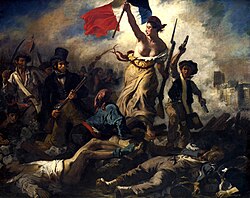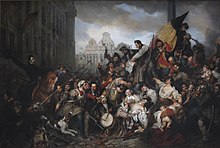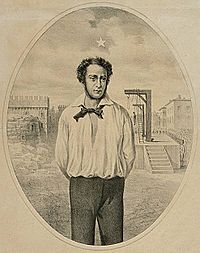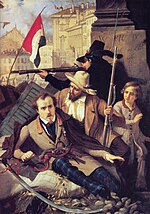
Leopold I was the first king of the Belgians, reigning from 21 July 1831 until his death in 1865.

The unification of Italy, also known as the Risorgimento, was the 19th-century political and social movement that resulted in the consolidation of different states of the Italian Peninsula and its outlying isles into a single state in 1861, the Kingdom of Italy. Inspired by the rebellions in the 1820s and 1830s against the outcome of the Congress of Vienna, the unification process was precipitated by the Revolutions of 1848, and reached completion in 1871 after the capture of Rome and its designation as the capital of the Kingdom of Italy.
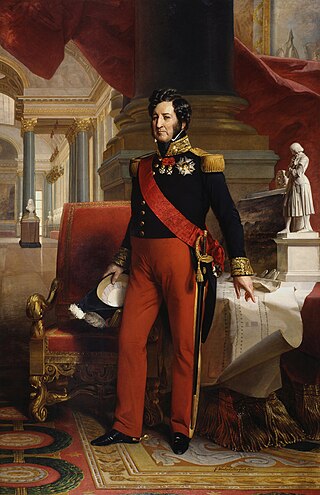
Louis Philippe I, nicknamed the Citizen King, was King of the French from 1830 to 1848, and the penultimate monarch of France.

Louis-Eugène Cavaignac was a French general and politician who served as head of the executive power of France between June and December 1848, during the French Second Republic.

The Carbonari was an informal network of secret revolutionary societies active in Italy from about 1800 to 1831. The Italian Carbonari may have further influenced other revolutionary groups in France, Portugal, Spain, Brazil, Uruguay and Russia. Although their goals often had a patriotic and liberal basis, they lacked a clear immediate political agenda. They were a focus for those unhappy with the repressive political situation in Italy following 1815, especially in the south of the Italian Peninsula. Members of the Carbonari, and those influenced by them, took part in important events in the process of Italian unification, especially the failed Revolution of 1820, and in the further development of Italian nationalism. The chief purpose was to defeat tyranny and establish a constitutional government. In the north of Italy other groups, such as the Adelfia and the Filadelfia, were associate organizations.

The French Second Republic, officially the French Republic, was the second republican government of France. It existed from 1848 until its dissolution in 1852.
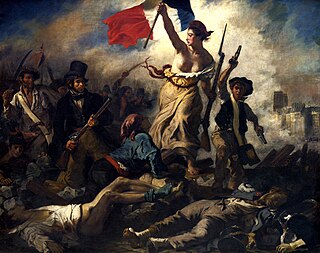
The French Revolution of 1830, also known as the July Revolution, Second French Revolution, or Trois Glorieuses, was a second French Revolution after the first in 1789. It led to the overthrow of King Charles X, the French Bourbon monarch, and the ascent of his cousin Louis Philippe, Duke of Orléans. After 18 precarious years on the throne, Louis-Philippe was overthrown in the French Revolution of 1848.

The July Monarchy, officially the Kingdom of France, was a liberal constitutional monarchy in France under Louis Philippe I, starting on 26 July 1830, with the July Revolution of 1830, and ending 23 February 1848, with the Revolution of 1848. It marks the end of the Bourbon Restoration (1814–1830). It began with the overthrow of the conservative government of Charles X, the last king of the main line House of Bourbon.
The Conservative Order was the period in political history of Europe after the defeat of Napoleon in 1815. From 1815 to 1830, a conscious program by conservative statesmen, including Metternich and Castlereagh, was put into place to contain revolution and revolutionary forces by restoring the old orders, particularly the previously-ruling aristocracies. On the other hand, in South America, in light of the Monroe Doctrine, the Spanish and the Portuguese colonies gained independence.

The Belgian Revolution was the conflict which led to the secession of the southern provinces from the United Kingdom of the Netherlands and the establishment of an independent Kingdom of Belgium.

Hugues-Bernard Maret, 1st Duke of Bassano, was a French statesman, diplomat and journalist.

In the history of France, the period from 1789 to 1914, dubbed the "long 19th century" by the historian Eric Hobsbawm, extends from the French Revolution to World War I and includes:

Jean Maximilien Lamarque was a French general of the French Revolutionary Wars and the Napoleonic Wars who later became a member of the French Parliament. Lamarque served with distinction in many of Napoleon's campaigns. He was particularly noted for his capture of Capri from the British, and for his defeat of Royalist forces in the Vendée in 1815. The latter campaign received great praise from Napoleon, who said Lamarque had "performed wonders, and even surpassed my hopes".
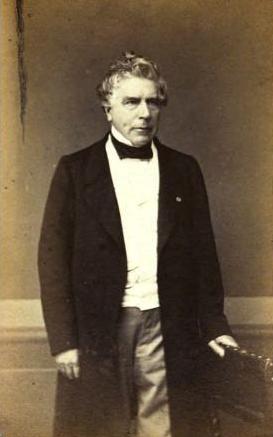
Charles Latour Rogier was a Belgian liberal statesman and a leader in the Belgian Revolution of 1830. He served as the prime minister of Belgium on two occasions: from 1847 to 1852, and again from 1857 to 1868.

The National Congress was a temporary legislative assembly in Belgium, convened in 1830 in the aftermath of the Belgian Revolution. Its purpose was to devise a national constitution for the new state, whose independence had been proclaimed on 4 October 1830 by the self-declared Provisional Government.

The Revolutions of 1848, known in some countries as the Springtime of the Peoples or the Springtime of Nations, were a series of revolutions throughout Europe over the course of more than one year, from 1848 to 1849. It remains the most widespread revolutionary wave in European history to date.

The June Rebellion, or the Paris Uprising of 1832, was an anti-monarchist insurrection of Parisian republicans on 5 and 6 June 1832.
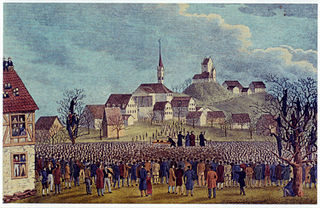
The Ustertag occurred on 22 November 1830, when 10,000 men of the Canton of Zürich gathered on Zimiker hill and demanded a new constitution. Their primary concern was parity between the urban and rural areas. The Ustertag is described as a "revolution" due to its impact, its focus, and its speed of events, which caused great change in the Canton of Zurich.

Belgian National Day is the national holiday of Belgium commemorated annually on 21 July. It is one of the country's ten public holidays and marks the anniversary of the investiture of Leopold I as the first King of the Belgians in 1831.

In the history of Belgium, the period from 1789 to 1914, dubbed the "long 19th century" by the historian Eric Hobsbawm, includes the end of Austrian rule and periods of French and Dutch rule over the region, leading to the creation of the first independent Belgian state in 1830.
